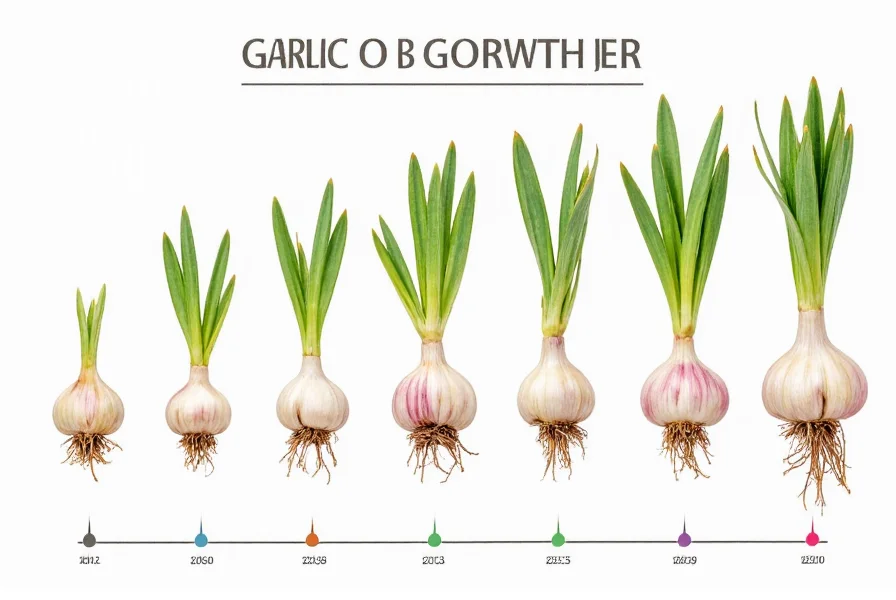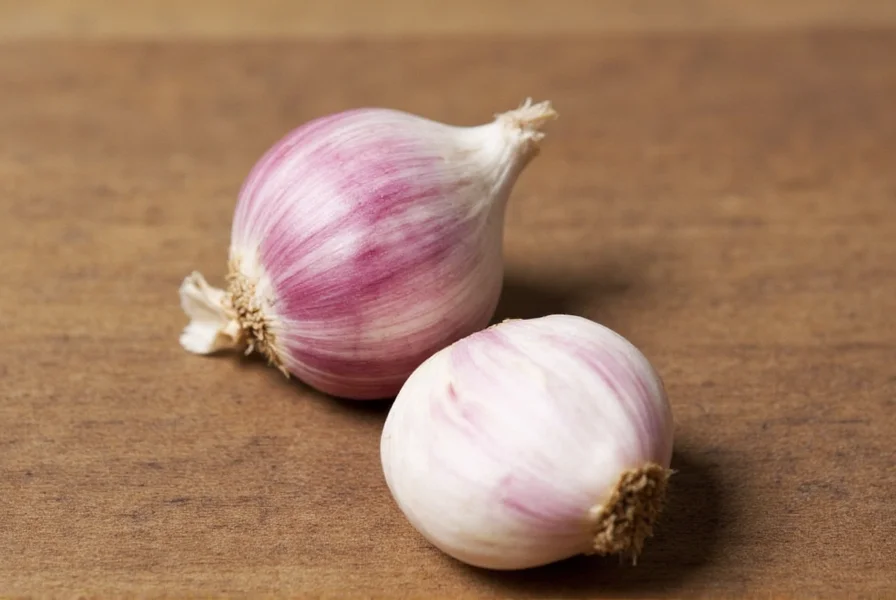Garlic cultivation is surprisingly straightforward for home gardeners, making it an excellent entry point for beginners. Unlike many vegetables that require seeds, garlic reproduces vegetatively through cloves, which are essentially individual segments of the garlic bulb. This asexual propagation method ensures the new plants maintain the exact genetic characteristics of the parent bulb.
Understanding Garlic Propagation
Garlic (Allium sativum) doesn't produce viable seeds for cultivation in most varieties, which is why clove propagation is the universal method. Each clove contains all the genetic information needed to develop into a complete plant with its own bulb. This biological adaptation makes garlic particularly well-suited for home cultivation.
Step-by-Step Planting Guide
Follow these steps for successful garlic cultivation from cloves:
- Select quality cloves: Choose plump, firm cloves without signs of mold or damage. Larger cloves typically produce larger bulbs.
- Prepare the soil: Garlic prefers loose, well-drained soil rich in organic matter with a pH between 6.0-7.5.
- Planting depth: Place cloves 2 inches deep with the pointed end facing upward.
- Spacing: Space cloves 4-6 inches apart in rows 12-18 inches apart.
- Timing: Plant in fall (4-6 weeks before first frost) for largest bulbs, or early spring for smaller harvests.
- Mulching: Apply 3-6 inches of straw or leaves after planting in cold climates.
Store-Bought vs. Seed Garlic
While you can grow garlic from grocery store cloves, there are important considerations:
| Factor | Store-Bought Garlic | Certified Seed Garlic |
|---|---|---|
| Success Rate | Variable (often lower) | High (specifically grown for planting) |
| Disease Risk | Potentially higher | Minimal (tested for pathogens) |
| Variety Selection | Limited (often softneck) | Wide range (hardneck & softneck) |
| Adaptation | May not suit local climate | Bred for specific growing conditions |
Many store-bought cloves have been treated with sprout inhibitors, which can reduce germination rates. For best results, source organic garlic from the grocery store or purchase certified disease-free seed garlic from gardening suppliers. Hardneck varieties typically perform better in colder climates, while softneck varieties thrive in warmer regions.
Garlic Growing Timeline
Understanding the growth cycle helps set realistic expectations for your garlic harvest:
- Fall planting: Cloves establish roots before winter dormancy
- Early spring: Rapid leaf growth begins as temperatures warm
- Late spring: Scapes (flower stalks) form on hardneck varieties
- Mid-summer: Bulb development accelerates with longer daylight
- Late summer: Harvest when lower leaves turn brown (typically July-August)

Common Mistakes to Avoid
Even experienced gardeners sometimes make these errors when growing garlic from cloves:
- Planting too deep or shallow: Depth affects bulb development and winter protection
- Ignoring soil drainage: Garlic roots rot in waterlogged conditions
- Overlooking crop rotation: Don't plant garlic where onions or other alliums grew recently
- Watering inconsistently: Maintain even moisture during bulb formation
- Harvesting too early or late: Timing affects bulb size and storage life
Troubleshooting Growth Problems
If your garlic isn't thriving, consider these common issues:
- Yellowing leaves: Could indicate overwatering, nutrient deficiency, or disease
- Small bulbs: Often results from late planting, poor soil, or inadequate spacing
- No bulb formation: May occur if planted too shallow or with insufficient cold period
- Mold or rot: Usually caused by poor drainage or planting damaged cloves
Remember that garlic requires a cold period (vernalization) to trigger bulb formation. In warmer climates where winter temperatures don't consistently drop below 50°F (10°C), consider refrigerating cloves for 4-6 weeks before planting to simulate winter conditions.
Harvesting and Curing Your Garlic
Proper harvesting and curing ensures your hard work pays off with long-lasting bulbs:
- Harvest when the lower third of leaves turn brown but upper leaves remain green
- Carefully dig bulbs using a garden fork to avoid damage
- Cure bulbs in a warm, dry, shaded area with good air circulation for 2-3 weeks
- Trim roots and stems after curing is complete
- Store in a cool, dry place with good ventilation
Well-cured garlic can store for 6-12 months depending on the variety. Hardneck garlic typically stores for 4-7 months, while softneck varieties can last 9-12 months under ideal conditions.











 浙公网安备
33010002000092号
浙公网安备
33010002000092号 浙B2-20120091-4
浙B2-20120091-4